Thriving through self-sufficiency has never been more relevant than it is today.
As the pace of life seems to quicken with each passing moment, more and more people are drawn to the idea of slowing down, living more intentionally, and finding balance.
Embracing a self-sufficient lifestyle isn't just about returning to the basics; it's about gaining control and reaping the countless rewards that come from it.
Whether you're growing your own food, learning to rely on your skills, or cutting costs in creative ways, each step forward leads to a healthier, more sustainable, and economically smart way of living.
By diving into the connections between emotional well-being, environmental care, financial stability, and the pride that comes with learning something new, you'll discover just how transformative self-sufficiency can be.
Live Well by Living Self-Sufficiently
Ever notice how people who embrace a self-sufficient lifestyle seem to radiate good health and positive vibes?
There's a reason for that!
Let’s dig in and explore how living closer to the land can transform your health and well-being.
Homegrown Goodness
When you're self-sufficient, you become your own food source.
Imagine strolling through your garden, plucking juicy tomatoes or snipping crisp lettuce right before dinner.
It’s more than just fun; it’s pure, chemical-free nutrition straight from your backyard.
Knowing exactly where your food comes from?
That’s a major win for your body!
Natural Fitness
Self-sufficiency isn’t for the lazy—every task gets your body moving!
Whether you're weeding the garden, feeding the chickens, or building a DIY project, you’re getting a workout without even hitting the gym.
And the best part?
You’re outdoors soaking up vitamin D, which does wonders for your bones and overall health.
It’s fitness with a purpose, and way more fulfilling than lifting weights indoors.
Stress Relief in Nature
Tired of the constant hustle?
Living self-sufficiently gives you a slower, more peaceful pace of life.
There’s something incredibly calming about working with your hands, surrounded by the sounds of nature.
It’s like the earth itself becomes your personal stress reliever—crickets chirping, leaves rustling, and all that fresh air can melt the worries away.
Confidence and Accomplishment
There’s nothing quite like the feeling of nailing a new skill, whether it’s baking a loaf of bread from scratch or tackling a home repair.
Every little win in your self-sufficient journey builds confidence and brings a deep sense of accomplishment.
It’s not just about surviving; it’s about thriving and taking pride in your newfound independence.
Living self-sufficiently isn’t just about having a fun hobby—it’s a whole new approach to health.
From nourishing your body with homegrown foods to keeping your mind calm and strong, it all adds up to a more vibrant, well-balanced life.
Whether you're just starting out or you're a seasoned homesteader, every step toward self-sufficiency is a step toward better health.
Community and Social Benefits of Self-Sufficiency
When we dive into self-sufficiency, it's easy to focus on the personal achievements, but there’s a much bigger picture to explore.
Self-sufficiency isn’t just a solo journey—it’s a powerful way to build and strengthen community ties.
Let’s break down how this lifestyle fosters deeper connections with others.
Bartering and Sharing: An Age-Old Tradition
One of the best parts of producing your own goods—whether it's veggies, fruits, or handmade items—is the ability to trade or share with others.
This isn’t just about swapping goods; it’s about building relationships.
- Barter for connections: Trading homegrown produce or homemade crafts for something you need brings people together in a meaningful way. Swapping turnips for tomatoes? That’s the beginning of a friendship.
- Sharing builds trust: Offering extras to neighbors fosters goodwill, and before long, you’re part of a trusted network of people who look out for each other.
Teaching and Learning: Passing on Skills
Self-sufficiency creates opportunities for teaching and learning, which strengthens community bonds.
- Sharing knowledge: Whether it’s teaching someone to make soap or showing them how to build a chicken coop, this exchange of skills builds a stronger, more connected community.
- Creating a network: Those who learn become empowered, and they often return the favor by teaching others. It’s a cycle of growth that benefits everyone involved.
Community Projects: Working Together
Shared spaces and projects naturally bring people together, fostering cooperation and mutual support.
- Shared gardens: These spaces become gathering places where neighbors swap advice, celebrate successes, and solve gardening challenges together.
- Tool libraries: Sharing tools through a community system builds trust and reinforces the idea that everyone has a role to play in helping each other succeed.
Collective Problem Solving: Stronger Together
When challenges arise, communities built on self-sufficiency are better equipped to tackle problems as a team.
- Disaster recovery: Whether it’s a storm or a crisis, self-sufficient communities know how to pitch in and help. They’ve already cultivated a spirit of teamwork, so when something goes wrong, everyone steps up.
- Shared resilience: This kind of collective action strengthens community bonds and shows the power of coming together for a common cause.
Community Celebrations: Sharing the Harvest
There’s nothing quite like a community feast where everyone contributes something homegrown or handmade.
- Feasts and festivals: These events are the ultimate celebration of self-sufficiency and community. Everyone brings something to the table, showcasing their skills and sharing the fruits of their labor. It's a true “we’re in this together” moment.
The Ripple Effect of Self-Sufficiency
Self-sufficiency extends far beyond the individual—it creates a web of connectedness within the community.
- Mutual support: Every act of sharing, teaching, and collaborating strengthens the fabric of the community. It’s not just about being self-reliant; it’s about doing for others, creating a social network that’s hard to replicate in any other way.
In the end, self-sufficiency is as much about community as it is about independence.
It brings people together, encourages shared responsibility, and deepens the bonds between neighbors, making for a stronger, more resilient society.
Self-Empowerment and Education in the World of Self-Sufficiency
In the world of self-sufficiency, continuous learning and self-empowerment are like twin beacons lighting the way to a fulfilling life.
Each new project isn’t just a weekend hobby—it’s part of an ongoing journey toward enrichment and independence.
Whether you're experimenting with homemade soap, saving heirloom seeds, or even setting up a small aquaponics system, there’s always something new to learn, and that’s what makes this lifestyle so rewarding.
Adaptation and Innovation: The Homestead MacGyver
Self-sufficient living means embracing the challenges nature throws your way and finding creative solutions.
Every obstacle is an opportunity to adapt and innovate.
- Resourcefulness rules: From rigging a makeshift greenhouse to repurposing an old bicycle into a manual grain grinder, learning as you go is key. This mindset fosters resilience and prepares you for whatever comes next.
- Continuous learning: The more you learn, the better you become at solving problems. Over time, you’ll surprise yourself with just how many unique fixes you can dream up on your homestead.
Knowledge is Power: Understanding the Why and How
Empowerment doesn’t just come from following instructions—it’s about understanding the principles behind each practice.
- Beyond step-by-step: Sure, you can follow a tutorial to set up a rain catchment system, but designing one that’s tailored to your specific needs? That’s empowerment. Knowing the 'why' and 'how' behind each project deepens your connection to the process and makes you more self-reliant.
- Customized solutions: When you grasp the fundamentals, you can adapt systems to your unique environment, making everything from water usage to energy efficiency work better for you.
Innovation: Sharing Wins with the World
The more you experiment, the more you’ll discover new ways to do things.
And those personal wins?
They can have a ripple effect.
- Pioneering ideas: Whether you’ve perfected a natural pest deterrent or figured out the best way to extend the shelf life of your homegrown food, your innovations can benefit others. It’s not just about improving your own life—it’s about sharing that knowledge with your community and beyond.
Mentorship and Knowledge Sharing: Growing Together
As you gain experience, you’ll naturally become a resource for others, turning your knowledge into a powerful tool for community building.
- Passing it on: If you’ve ever taught someone how to make compost tea or shown them how to properly preserve their harvest, you know the joy of sharing what you’ve learned. It’s a cycle of empowerment that strengthens the self-sufficiency movement as a whole.
- Building a network: By mentoring others, you’re not just helping individuals—you’re contributing to a more informed, independent community.
Blending Tradition with Technology
Self-sufficiency doesn’t mean you have to shun technology. In fact, many are combining old-school skills with new-school tools.
- Tech meets tradition: Whether it’s using app-controlled garden sensors or finding innovative ways to preserve food, technology can complement traditional practices, making life a little easier while keeping that self-sufficient spirit alive.
Embrace the Learning: The Journey Never Ends
One of the best parts about self-sufficiency is that there’s always something new to discover.
- A badge of honor: Don’t be intimidated by the constant evolution of skills and technology—wear it as a badge of honor! Each new skill acquired is a step toward greater self-reliance and confidence.
At the end of the day, self-sufficiency is about embracing the learning process, empowering yourself with knowledge, and using that knowledge to create a life that’s not just sustainable but thriving.
Each skill you learn adds another layer to your journey, and that’s what makes this path so rich and rewarding.
Embracing the Self-Sufficient Lifestyle: A Journey to a Resilient Future
The path to self-sufficiency isn’t just a passing trend—it’s a transformative journey that changes how we interact with the world and ourselves.
As we till the soil, care for our animals, and build with our own hands, we’re not just sustaining ourselves—we’re planting seeds for a more resilient and rewarding future.
This lifestyle, rich in hard work, creativity, and the satisfaction of reaping what we sow, allows us to grow as individuals while strengthening our communities.
We’re not just growing gardens or becoming independent; we’re creating a lasting legacy of sustainability.
The call to live self-sufficiently is more than a nod to the past—it’s a powerful invitation to shape a vibrant, thriving future with our own hands, hearts, and shared wisdom.
Common Questions About the Self-Sufficient Lifestyle
Q. What is a self-sufficient lifestyle?
A. A self-sufficient lifestyle is about being more independent by growing your own food, making your own products, and reducing reliance on outside resources. It includes skills like gardening, preserving food, raising animals, making household items, and producing your own energy. The goal is to live sustainably, save money, and be prepared for unexpected changes.
Q. Do I need a lot of land to be self-sufficient?
A. Not at all! While having more space helps, you can practice self-sufficiency even in small spaces like urban backyards, balconies, or community gardens. Container gardening, vertical gardens, and using small livestock like chickens or rabbits can make a big difference on a small plot.
Q. Is living self-sufficiently expensive to start?
A. It can require an initial investment in tools, seeds, or animals, but over time, you’ll save money by producing your own food, reducing waste, and avoiding store-bought products. You can also start small, focusing on one or two projects like growing herbs or learning to preserve food, and expand gradually.
Q. What are the benefits of a self-sufficient lifestyle?
A. The benefits are numerous! You gain control over your food, reduce your environmental impact, save money, and develop valuable skills. Plus, many people find self-sufficiency brings a sense of peace, fulfillment, and community connection. It’s a way to improve physical health, mental well-being, and financial resilience.
Q. How do I start living more self-sufficiently?
A. Start with small, manageable steps. Begin by growing a few vegetables, learning to bake bread, or reducing waste through composting. Gradually build on your skills, and focus on what makes sense for your lifestyle, location, and resources.
Q. What skills are most important for self-sufficiency?
A. Gardening and food preservation are often at the core of self-sufficiency. Other useful skills include animal husbandry, basic carpentry, sewing, making natural cleaning products, and managing household energy efficiently. Learning to repair and reuse items rather than buy new is also key.
Q. How much food can I realistically grow myself?
A. It depends on your space, climate, and time commitment, but many people can grow enough fruits, vegetables, and herbs to significantly supplement their diets. With a well-planned garden, some folks even grow most of their produce, especially during peak growing seasons.
Q. Is raising animals necessary for a self-sufficient lifestyle?
A. Raising animals isn’t essential, but it can be a helpful part of a self-sufficient lifestyle, providing fresh eggs, milk, meat, and natural fertilizer for your garden. Chickens and rabbits are popular for small-scale homesteads. However, you can still be largely self-sufficient with just gardening and other skills.
Q. How can I become more self-sufficient in an apartment or city?
A. Urban self-sufficiency is possible through balcony gardening, growing herbs indoors, and utilizing community gardens. You can also learn food preservation techniques, make homemade goods, and reduce waste. Self-sufficient practices like reducing energy consumption or upcycling items work well in any living situation.
Q. Is it difficult to live a self-sufficient lifestyle full-time?
A. It takes commitment, time, and learning, but many find it rewarding and empowering. It’s not about being perfect but doing what you can to reduce reliance on external systems. Most people ease into it by integrating self-sufficient practices gradually into their lives.
Q. Can a self-sufficient lifestyle help in times of crisis?
A. Absolutely! A self-sufficient lifestyle offers security in uncertain times. Growing your own food, having a well-stocked pantry, and knowing how to handle basic repairs can make you more resilient during economic downturns, natural disasters, or supply chain disruptions.
Q. How do I balance a self-sufficient lifestyle with a busy schedule?
A. Start with small projects that fit your routine, such as growing herbs or making homemade cleaners. Over time, you can build in bigger tasks like canning or building a garden. The key is finding joy and purpose in each step, and not overwhelming yourself by trying to do everything at once.
Q. Is self-sufficiency the same as homesteading?
A. They overlap but aren’t identical. Homesteading often refers to a more comprehensive lifestyle, typically on a rural property, with a focus on large-scale gardening, animal raising, and off-grid living. Self-sufficiency can be practiced anywhere, even in urban settings, and focuses on reducing dependence on external systems, often through sustainable living practices.
Q. How do I get my family on board with a self-sufficient lifestyle?
A. Start by involving them in fun and rewarding tasks, like growing food or making something together. Show the benefits through actions rather than words—how good fresh garden food tastes, how satisfying it is to fix things yourself, and how it leads to more time outdoors. Making it a family effort helps everyone feel invested in the lifestyle.
Q. What are the environmental benefits of self-sufficiency?
A. Living self-sufficiently reduces your carbon footprint, cuts down on waste, and promotes the use of natural, sustainable practices like composting and rainwater collection. You’re using fewer resources, relying less on mass-produced goods, and often promoting biodiversity through natural gardening practices.
Self-Sufficient Living
Explore the ultimate guide to self-sufficient living with our curated list of related blog posts. From food preservation to DIY projects and homesteading inspiration, find everything you need to thrive on your self-sufficiency journey. Perfect for beginners and seasoned homesteaders alike!
The Essential Guide To A Completely Self Sufficient Homestead
Learn how to start living on a completely self sufficient homestead today with this essential guide plus sign up for our FREE eCourse!
How To Be Self-Sufficient In An Apartment
Learn how to be self-sufficient in an apartment. Even if you live in a big city you can learn skills you will use one day on your homestead.
Top 5 Tips for Balancing the Self-Sufficient Lifestyle: Stay Organized, Motivated, and Successful
Discover how to balance the self-sufficient lifestyle with actionable tips for organization, motivation, and sustainable success.
Step-by-Step Guide to Self-Sufficient Living: One Small Step at a Time
Start small with this step-by-step guide to self-sufficient living. Simple, achievable tips to ease into a sustainable lifestyle.
7 Ways To Start On The Path To A Self Sustaining Homestead
A self sustaining homestead is a lot of work but you do get a lot of satisfaction knowing you are living the self sufficient life you've dreamed of.
A Beginner's Guide To A Self Sufficient Homestead Plan
Making a self sufficient homestead plan is the first step to accomplishing your goal of living on a self sufficient homestead.
Seasonal Foraging Guide for Homesteaders: Year-Round Wild Edibles
Enhance your homesteading skills with our comprehensive seasonal foraging guide. Learn how to find and enjoy nature's delicious offerings.
Living The Homestead Lifestyle
Embarking on the homestead lifestyle is not easy. This is why I love Homegrown and Handmade by Deborah Niemann. The homestead tips are great!
Weapons To Include In Your Homesteading Self Sufficiency Survival Kit
Learn what weapons - both lethal and non-lethal - to include in your homesteading self sufficiency survival kit. Also learn why you need to include them.
Mockmill Flour Grinding Mill Makes It Easy To Grind Your Own Grain
The Mockmill flour grinding mill quickly and easily turns wheat berries into flour that is perfect for making freshly baked bread.
Homesteading Today In The USA
Although the Homestead Act of 1862 is no longer in effect, free land is still available for those wanting to try their hand at homesteading today.
How Much Land For A Homestead
When it comes down to the reality of how much land for a homestead you really need, it's much more than just a number. Learn what you need to consider.
What Homestead Living Is Really Like
Learn what homesteading living is really like. It's not always picturesque or romantic. In fact, sometimes it is difficult.
Food Security Preparedness - What To Do Before Disaster Strikes
Learn what food security preparedness skills you need to survive any natural or man-made disaster, and why you should grow your own food.
Learn To Be Self-Sufficient
Learn to be self-sufficient from Sheri Ann Richerson, a modern day self-sufficient woman with these eBooks and printables!
Self Sustainable Living Ideas Using Animals
Animals are a great way to help you acheive your self sustainable living ideas. Learn what animals are best for your self sufficiency plan.
Preserving Herbs For Winter Use eCourse
Do you love fresh herbs but wonder if there is an easy way to preserve them for the winter?
Do you seek other ways to use herbs other than just as a seasoning on food?
There are so many ways to preserve herbs for winter use – from various methods of drying them to freezing them, but it doesn’t end there.
Some of the best ways to preserve herbs in right in the foods you would normally incorporate herbs into – pre-made seasonings, teas, butter or oil.
Then this is the course for you!
What You Will Learn In This Course:
Hang herbs to dry
Use a hanging herb dryer
Dry herbs on a window screen dryer
Dry herbs in a dehydrator
Dry herbs in an oven
Dry herbs in a microwave
Freeze herbs whole
Make herb ice cubes
Add fresh herbs to freezer meals
Add herbs to canned sauces
Preserve herbs in vinegar
Preserve herbs in oil
Preserve herbs in butter
Preserve herbs in salt or sugar
Make pre-made seasonings
Make herbal tea
Make herb jelly (plus tips on how to use these)







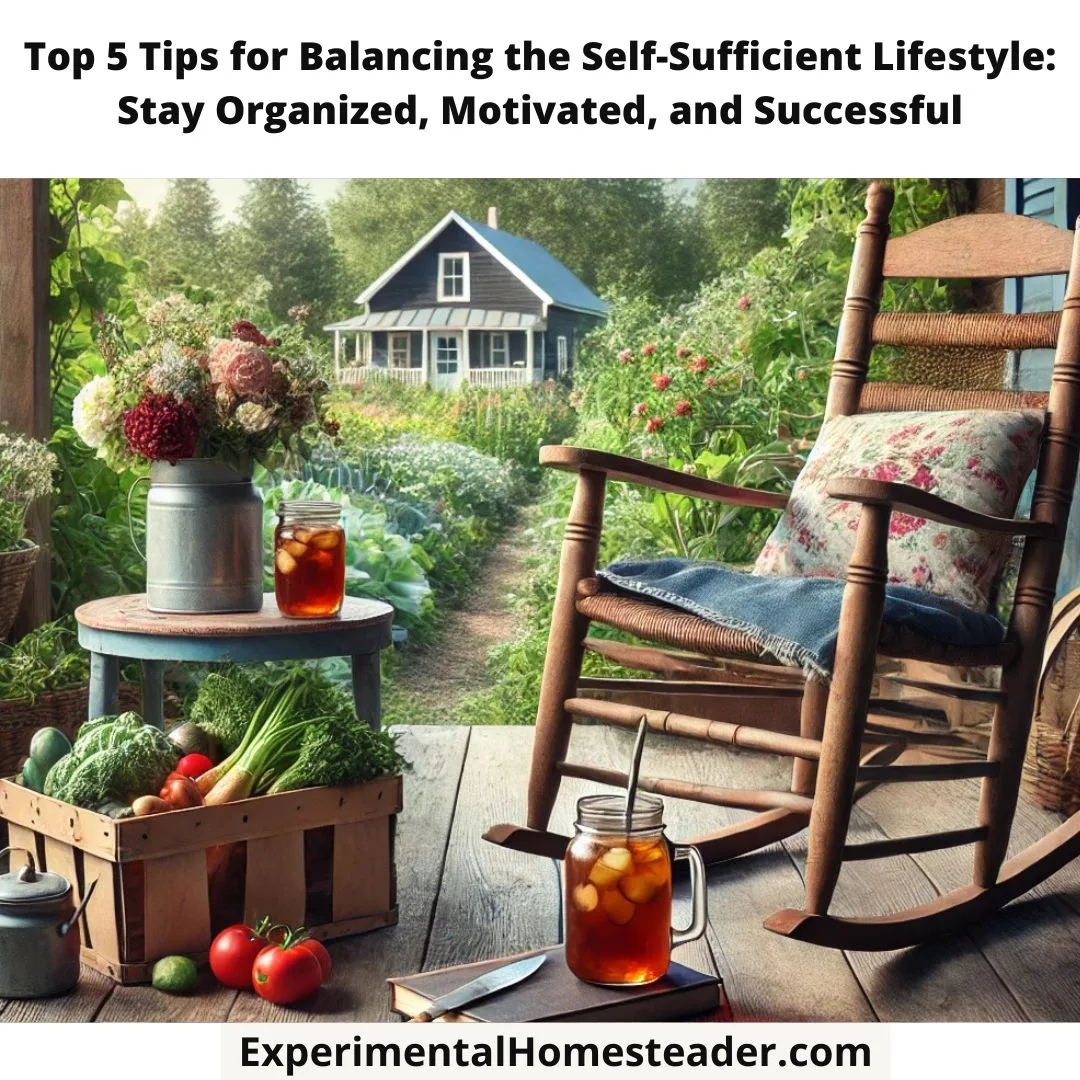

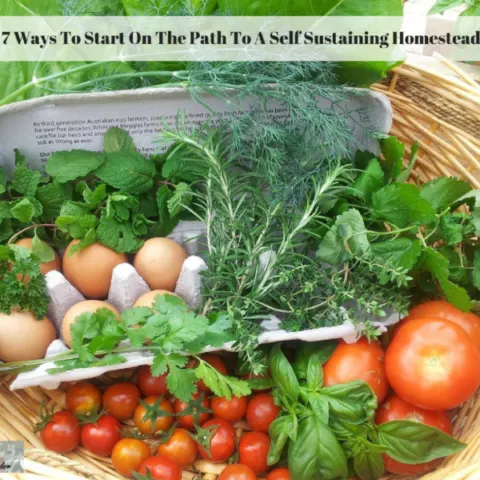
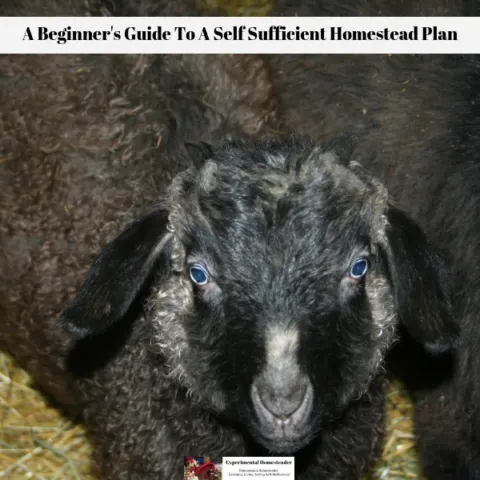
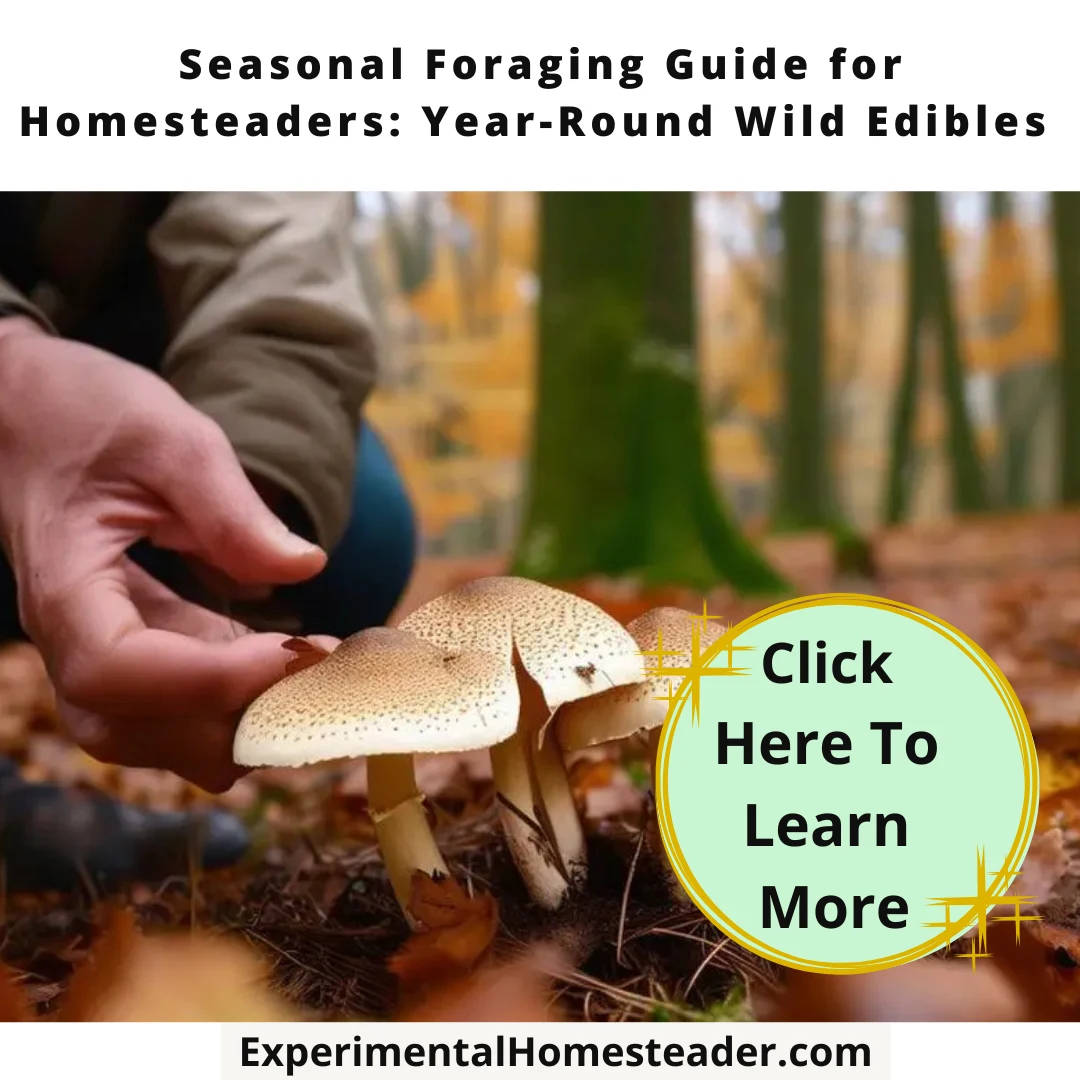
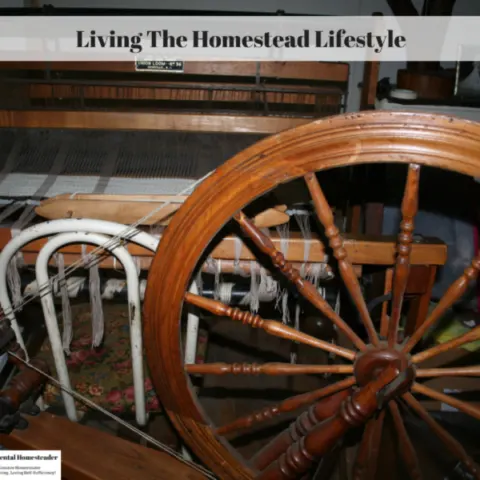

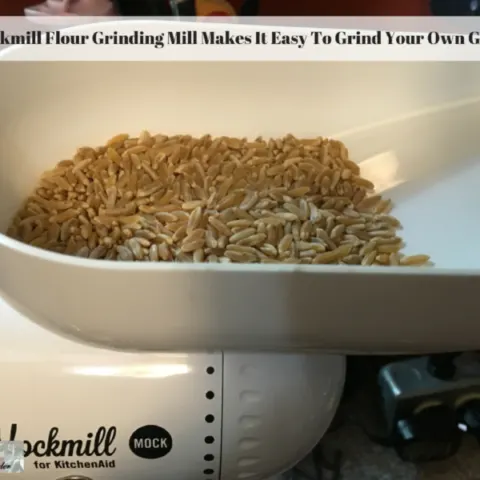
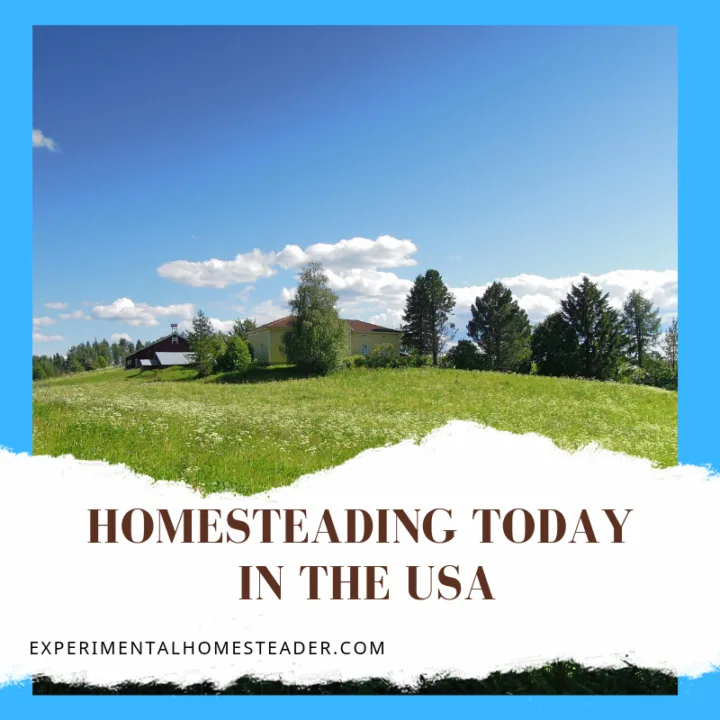
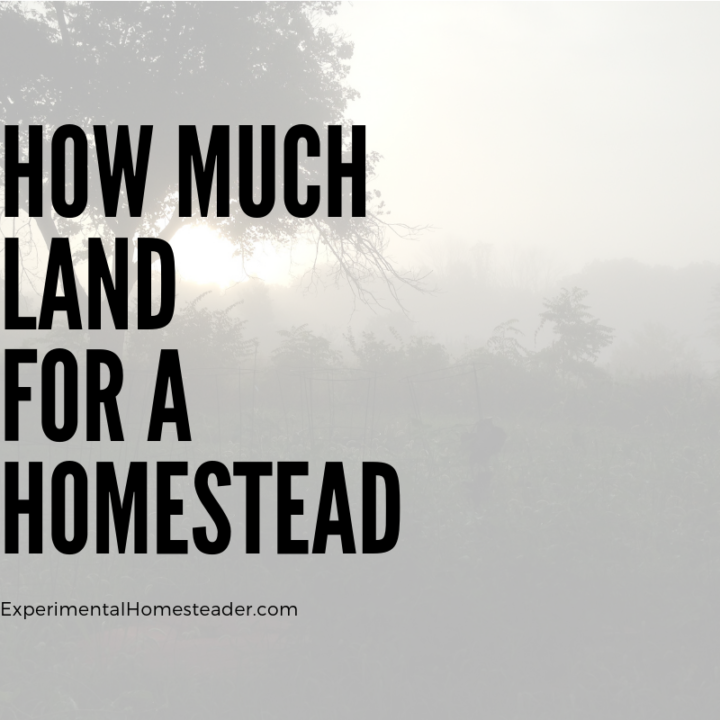
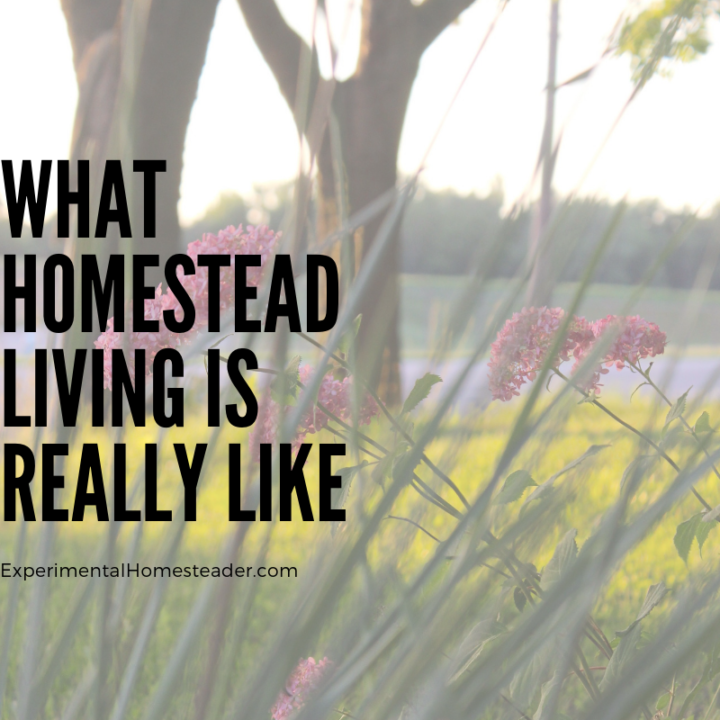
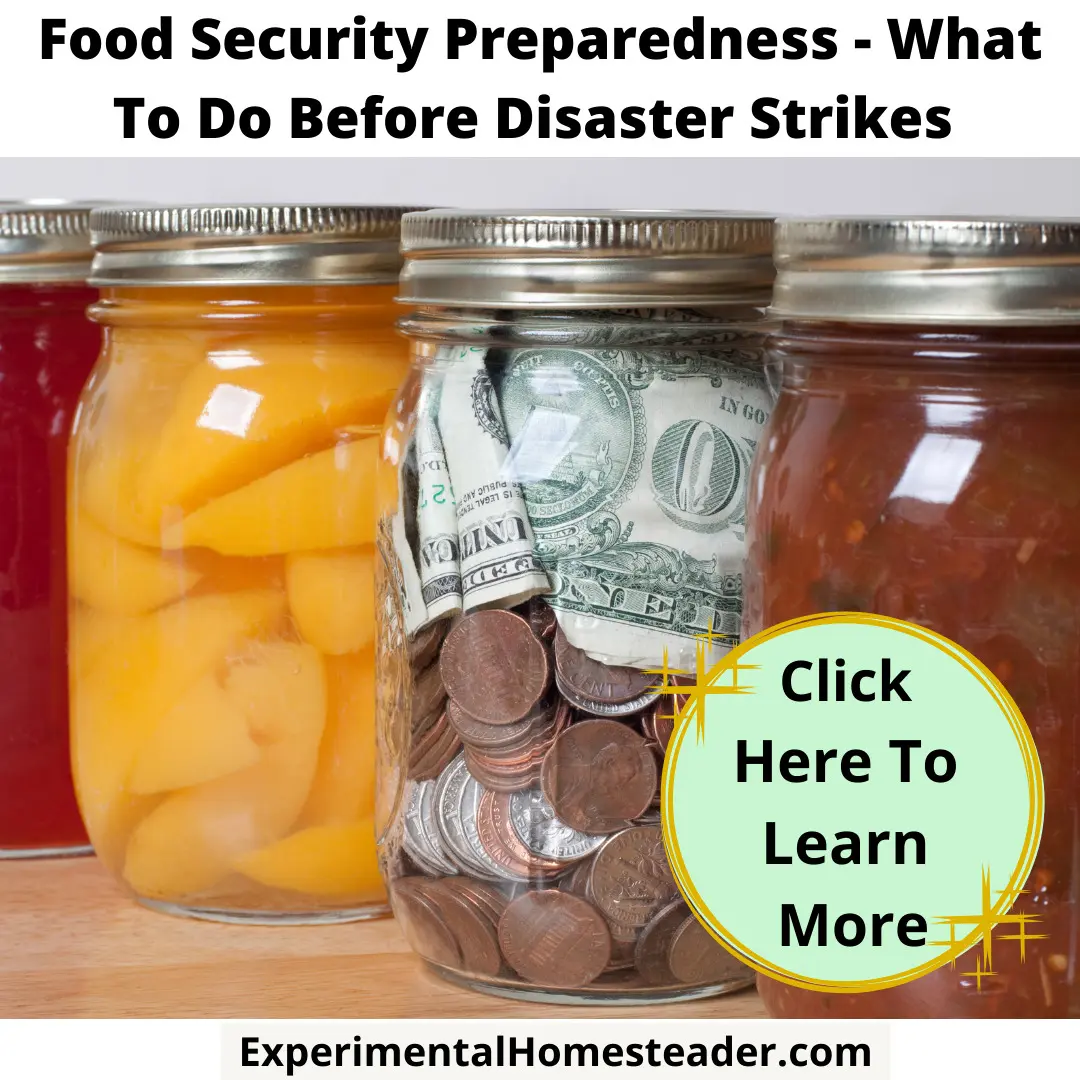
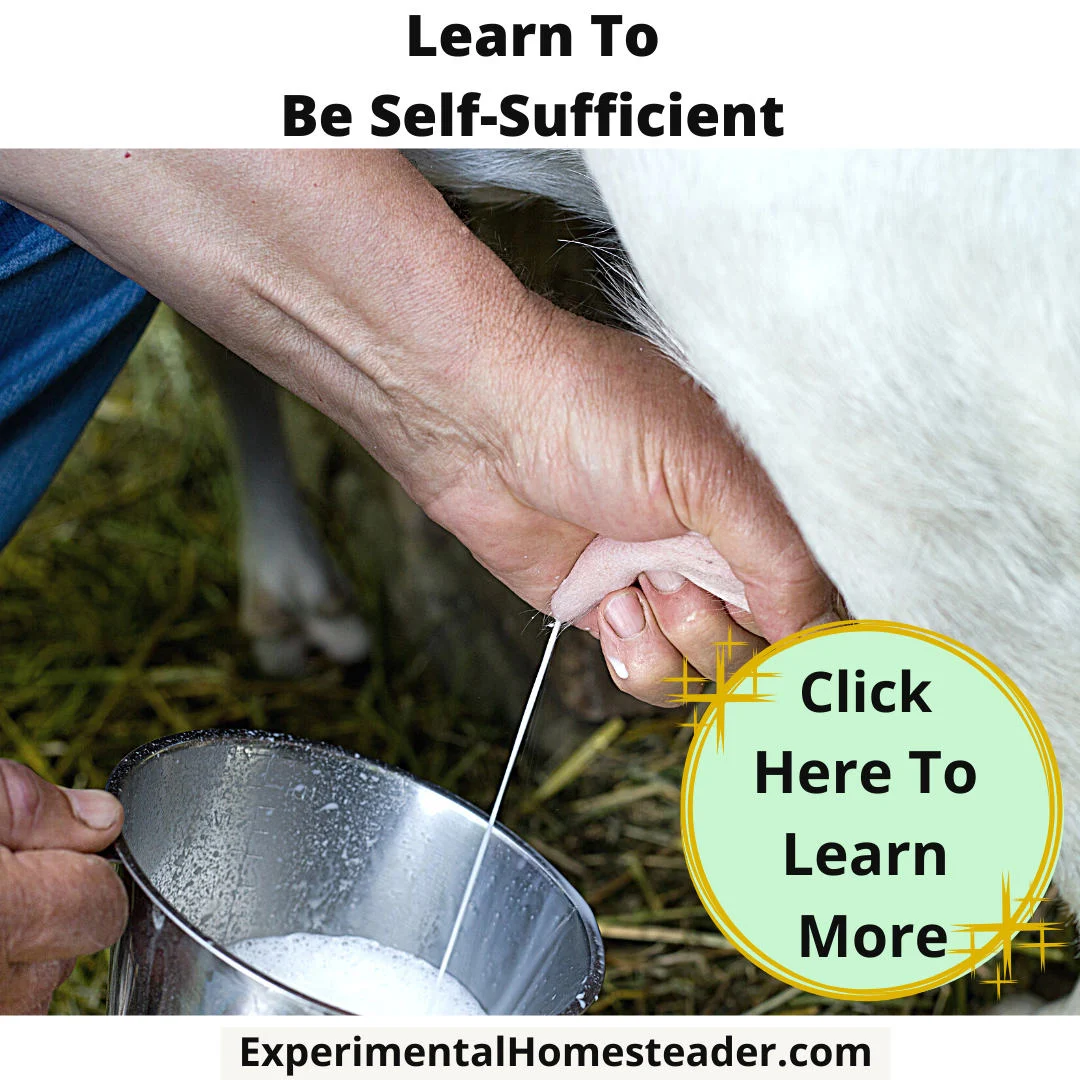

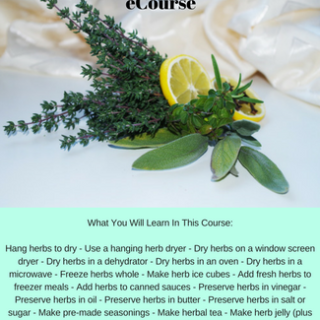



Carol Spierdowis
Tuesday 24th of September 2024
Getting chickens again will probably be our first goal once our house is built.
Sheri Ann Richerson
Monday 28th of October 2024
Chickens are a great livestock to start with. I suggest starting with chicks and socializing them well. You will love the fresh eggs and they are very enjoyable to watch. Not to mention they eat all the bugs they can find.